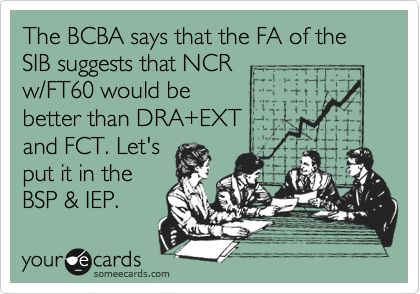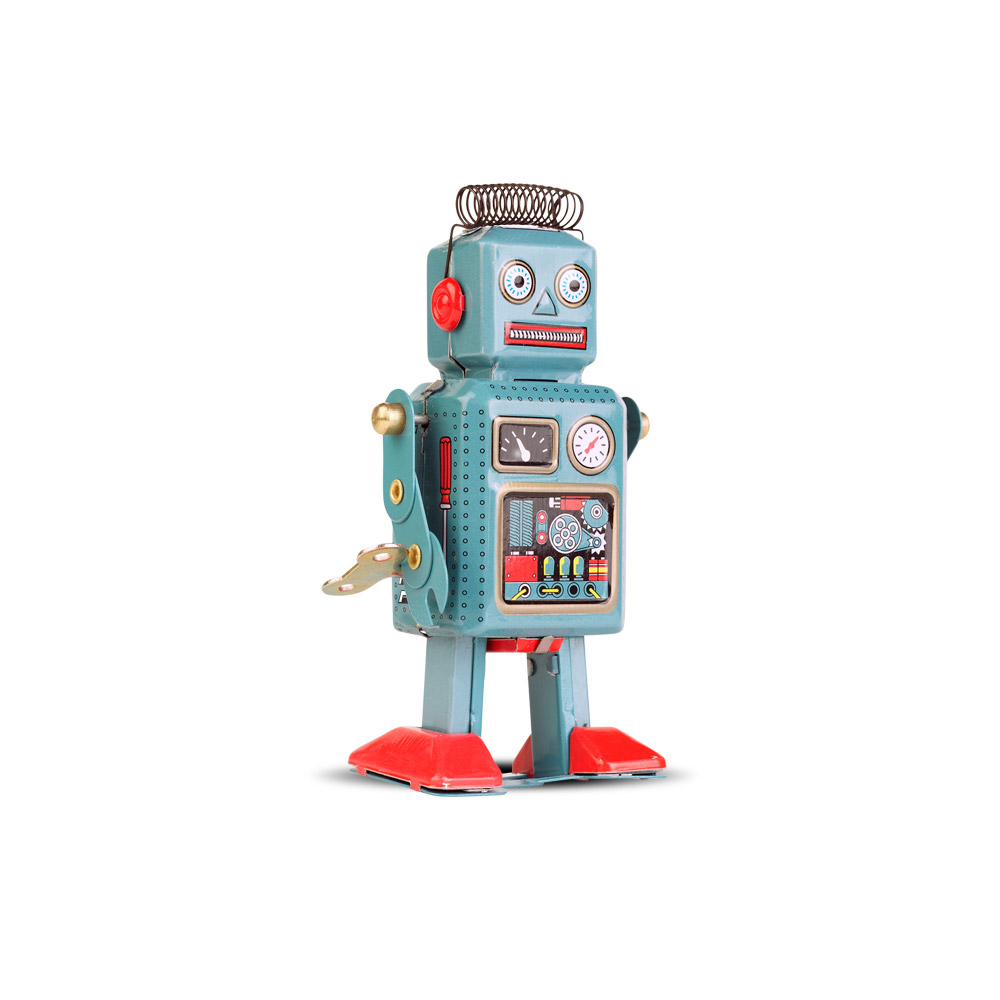Professionals often find themselves using several acronyms when speaking with parents. Often this can cause confusion on the parents’ end unless they have been receiving quality and intensive behavior services.
We have selected some of the most common acronyms you might hear from your Behavior Analyst or ABA therapist and describe their meaning here:
- AAC- Augmentative and Alternative Communication: This is a general term referring to any alternative mode of communication like pictures, signs, or devices with speech-output.
- ABA – Applied Behavior Analysis: This is an evidence-based procedure that can be used with anything and anyone!
- ABC- Antecedent-Behavior-Consequence: This is the term used for the 3-term contingency- how we determine what the pattern of behavior looks like- what is happening before the behavior (antecedent) and what happens after the behavior (consequence).
- BCaBA – Board Certified Assistant Behavior Analyst: A person holding this certification has a Bachelors degree, completed specialized coursework in behavior analysis and received supervision from a BCBA (see below). In addition, they have taken a certification exam! NOTE: a BcABA can NOT program and supervise cases. You must refer to a BCBA for this.
- BCBA – Board Certified Behavior Analyst: This person will hold a Masters degree in various related subjects (Special Education, ABA, Social Work, etc) but has taken a set list of additional behavior analytic courses and received over 1500 hours of supervised experience in the field. A BCBA should oversee programming for a child.
- BIP- Behavior Intervention Plan: This is the plan that is drafted for problematic or maladaptive behaviors such as aggression, self-injury, etc. These plans can change over time and should be drafted after a thorough assessment of the problem behaviors. These plans should include antecedent and consequence procedures. This is also sometimes known as a the Behavior Support Plan (BSP) or Positive Behavior Interventions and Supports (PBIS)
- BT – This is a vague term that can refer to a Behavior Therapist, Behavior Technician, Behavior Tutor, etc.
- CCC-SLP – Certificate of Clinical Competence in Speech Language Pathology: This person is a specialist for Speech and Language Disorders. Always refer to someone with this credential if you are concerned with specific speech disorders
- DTT- Discrete Trial Training: This is a type of teaching method that breaks down a larger skill into small attainable goals.
- FBA- Functional Behavior Assessment: This is a form of assessment conducted to determine the reason a problem behavior occurs (the function of a behavior).
- FCT- Functional Communication Training: This is a type of procedure used in ABA to teach alternative responses to receive the same type of reinforcement.
- IBI – Intensive behavioral intervention: This type of intervention includes intensive hours and programming usually between 30-40 hours per week of ABA.
- IEP- Individualized Education Plan: This is a legal document that requires the school district to provide for specific programs for the child who is identified with a disability.
- IFSP- Individualized Family Service Plan: This is a legal document for services for a child with a diagnosed disability (under 3 years of age) and their family.
- MA, MS – Master of Arts or Master of Science
- MEd – Master of Education
- MFT – Marriage and Family Therapist: This person is someone who has training with psychotherapy and other forms of therapy for mental health disorders such as anxiety, depression, and bipolar disorder.
- NCR- Non-contingent Reinforcement: This refers to a procedure where a person delivers a reinforcer based on a time schedule rather than based on a behavior observed.
- NET- Natural Environment Teaching: This is a type of procedure used in ABA to teach skills in the child’s natural environment. Specific types of prompts and procedures are outlined for NET programs.
- PBS- Positive Behavior Supports
- PhD – Doctor of Philosophy: This person has completed in-depth coursework and research on a specific topic in their field of study. These programs can last anywhere from 3-10 years. Most will complete a dissertation where they have studied a specific research question in their field.
- RBT- Registered Behavior Technician: This person has completed a 40-hour coursework in addition to passing field assessments and an exam with the board. RBT’s are supervised closely by BCBA’s after they become certified.
- SIB- Self-Injurious Behavior: This refers to any form of behavior where a person causes injury to themselves.
- VB – Verbal Behavior: This is a type of procedure used in ABA to teach functional language based on imitating, requesting, commenting, and responding.



